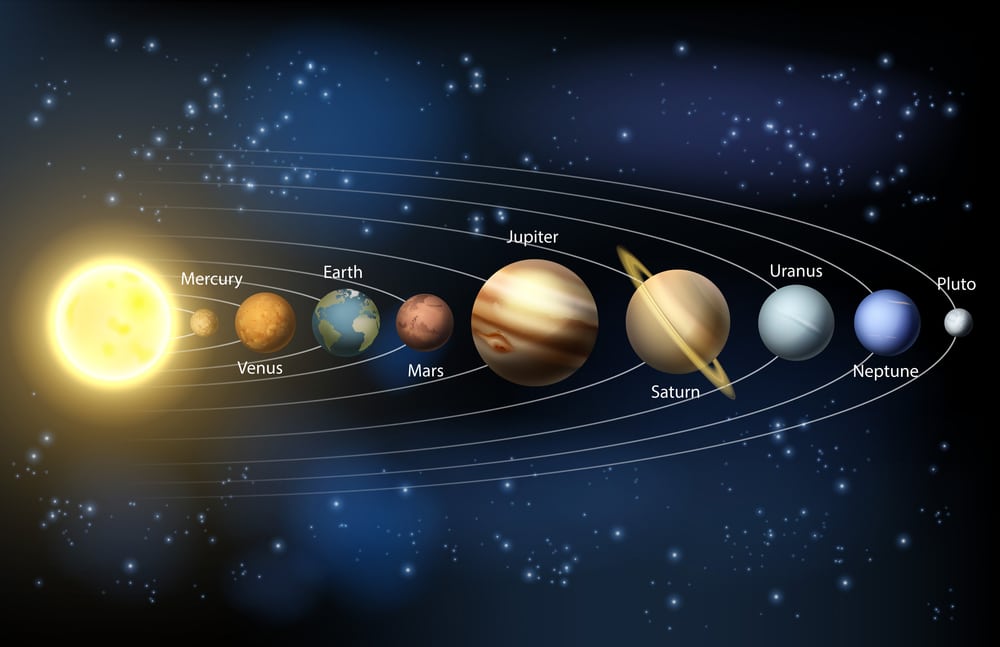845
Why planets are round has to do with gravity. The larger an object is, the greater the force of gravity that forms it into a sphere
Why are planets round?
Every planet has a gravitational force and because this has the same effect at all points of the object, i.e. the planet, it forms itself into a sphere.
- During the formation of our planets, rocks and dust accumulated. They attracted each other and became a lump that grew bigger and bigger.
- The larger this lump of rock became, the more gravity it received. Gravity, in turn, has the property of building up an equal effect in all directions. This is why the gravitational forces in a sphere are in equilibrium and the body becomes round.
- For this reason, all large planets and the sun are round. Smaller lumps, such as asteroids, look more like a potato. They are irregular or oval in shape.
Is the Earth spherical?
Large celestial bodies such as the planets in our solar system are not perfectly spherical. This means that they actually deviate slightly from a sphere.
- The Earth, for example, appears spherical at first glance. But in fact it is not, because gravity and the Earth’s rotation cause dents and bumps
- There are hot and cold currents inside the Earth. These create different gravitational forces. This means that gravity is higher in one place on Earth than in another.
- This in turn has an effect on the surface of the earth. For this reason, the sea level is not at the same height everywhere.
- Last but not least, the Earth’s own rotation also causes gravity to vary. Due to the eternal rotation around itself, the poles are flatter and the circumference of the Earth is therefore larger at the equator.
Which planet is the roundest?
All planets and moons are almost round, but they are still different. They are not all equally spherical. This is due to their own rotation. One planet rotates faster than the other and therefore has a higher gravitational force.
- Simply explained, it means that the faster a planet rotates around itself, the flatter it becomes at the poles and the wider it becomes at the equator. Conversely, this means that the slower a planet rotates, the rounder it is.
- Jupiter, for example, is the least spherical of all the planets. It rotates the fastest of all and only takes 10 hours to complete one revolution.
- Venus is the closest to a sphere. Not only does it rotate the slowest, it also rotates backwards. It takes a good 243 days to complete one revolution around itself.
- All the planets in our solar system rotate counterclockwise. Only Venus does not, it rotates clockwise.

